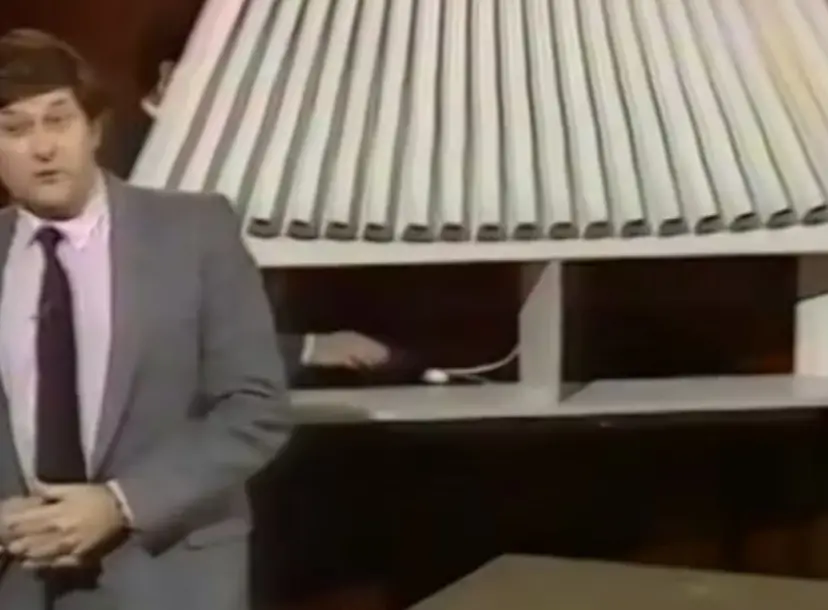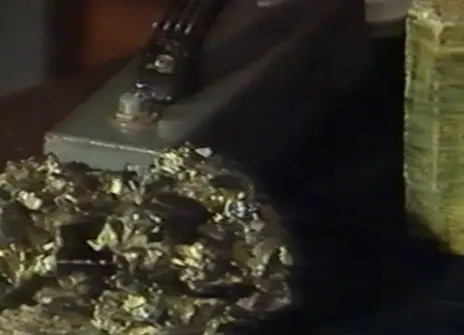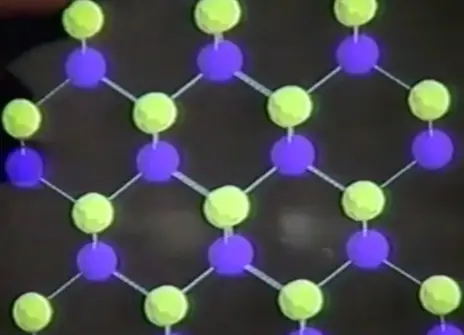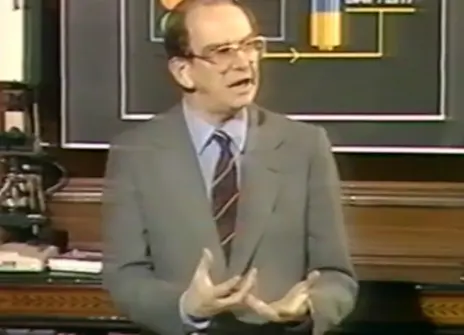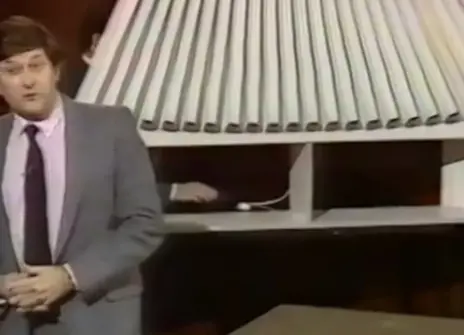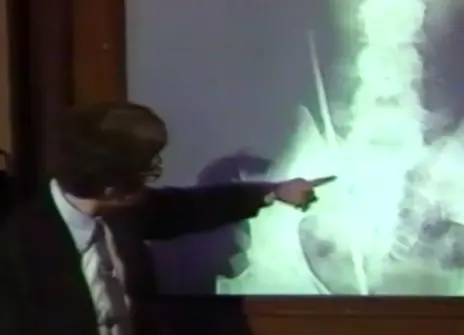Lecture 4 – Constructing a laser
From the programme:
How easy is it to assemble a laser? We shall answer this question by reconstructing what Maiman did in 1960 in California, where the laser was first demonstrated. A photographer’s flash tube, along with a good-quality rod of aluminium oxide doped with chromium is one of the key components of the so-called ruby laser. But there are many other types of systems, chemical and physical, which can be induced to ‘lase’. The requirement for ‘lasing action’ – the creation of a ‘population inversion’ of excited states – will be illustrated, and the stimulation of these excited states to give up their energy in the form of light emission demonstrated. Thus laser light emerges from a cavity as a narrow, exceptionally intense and parallel beam that can be put to many uses. There are lasers that operate in the ultra-violet, visible or infrared regions of the spectrum and a few of their properties will be demonstrated. Some lasers can be made to produce ultra-short pulses of light, others extraordinarily ‘pure’ colours. The polarisations of laser light as well as its so-called ‘coherence’ will be illustrated.
We shall focus upon many other types of lasers, including those that operate in the gas phase and describe some of their spectacular properties.
About the 1987 CHRISTMAS LECTURES
From the 1987 lecture programme:
"Crystals first appeared on earth many millions of years before the emergence of life. The first laser, however, based on a man-made crystal of ruby, was fashioned less than thirty years ago. Nowadays, crystals and lasers play crucial roles in the design of new materials, in the expanding world of communications, in medicine and environmental science and in the quest for better, cleaner forms of energy. They also function as the picot for a wide range of fundamental scientific studies."
In this series of six CHRISTMAS LECTURES, Professors John Meurig Thomas and David Phillips explore the science and applications of crystals and lasers, reviving some of the key experiments from the history and evolution of physical sciences and exploring what the future might bring.
